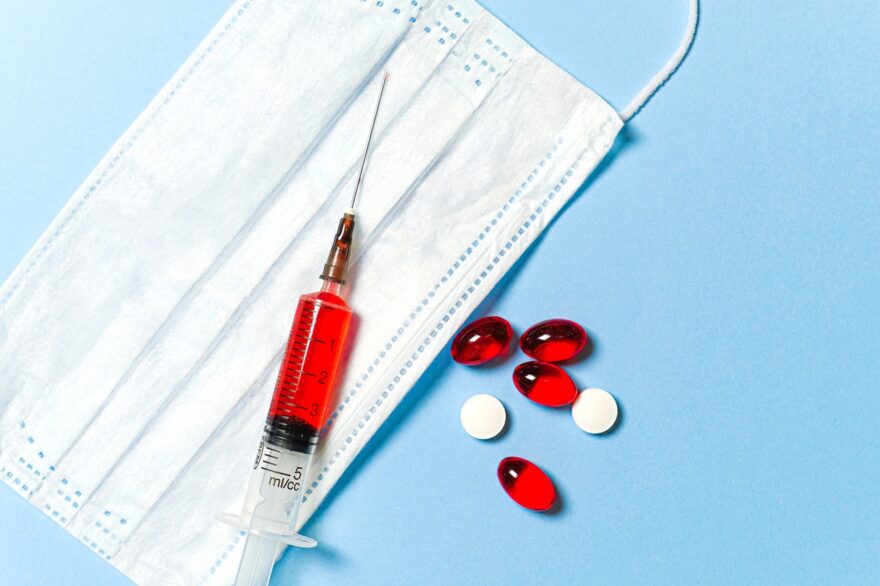As part of the $2 Trillion CARES Act, there are three programs to provide Stimulus payments to business owners. Unlike the 2008 crisis, this time the government is not bailing out the big banks and Wall Street. Instead, Washington is sending cash to self-employed people and small business owners. They are shoveling money out the door to help you pay your bills, keep your workers paid, and still have a business when we eventually emerge from the Coronavirus shutdown. The scale of this is unprecedented and you should make sure to get your share.
We are going to look at three specific programs and give you links to find more information and apply. The three stimulus payments to business owners include: the Paycheck Protection Program, Employee Retention Tax Credit, and the SBA Disaster Grant. You may be eligible for some or all of these programs.
What if you are self-employed or an Independent Contractor, but not a corporation, LLC, or other entity? You are still a business even if you are the only employee. If you file a Schedule C, you have a business. If you have questions, here’s my contact info.
Paycheck Protection Program
The Paycheck Protection Program is providing $349 Billion in loans to small businesses. These loans are designed to keep employees on the payroll and off unemployment. The loans are forgivable. The government doesn’t want you to pay them back, as long as you spend the money to pay employee salaries and benefits in the next eight weeks.
The PPP is available to businesses from 1 to 500 employees. The Small Business Administration (SBA) guarantees the loans, which will be provided through 1700 Banks and Credit Unions. Your bank is probably already an SBA lender. Technically, the PPP is a 2-year loan at 0.50% interest. Payments are not required for six months. If you spend the loan on allowable expenses within 8 weeks, then the loan will be forgiven. You also have to keep the same number of employees and not reduce payroll during this period. The loan forgiveness will be non-taxable. Steps:
- Apply for the loan at your bank using Model Application (link below).
- Spend the loan in the following eight weeks on payroll, benefits, and rent.
- Apply for loan forgiveness and document that the funds were spent as intended.
You must state on the application that your business was impacted by the Coronavirus and you need this money to meet payroll and expenses. This is easy. Most businesses are “non-essential” and were required to close in your area due to the shelter in place rules. Even if you stayed open, you may have had supply disruptions, or other negative impacts to you business.
Loan Amount and Application
The application provides instructions to calculate your loan amount. You are eligible to borrow two and one-half months of payroll, up to $10 million. Payroll includes gross pay plus taxes. Salary eligible for loan forgiveness is capped to $100,000 per person annually.
Then over the next eight weeks, you can spend the loan on payroll, payroll taxes, employee benefits, including health insurance premiums, retirement plan contributions, and sick leave or vacation. You can also spend the money on rent or mortgage interest for your business property (if you have a store or office, for example). Non-payroll expenses cannot exceed 25% of the total.
Eligible businesses includes corporations and LLCs, but also includes non-profit organizations, sole proprietors, and those who are self-employed or independent contractors. Many businesses can apply for the loan starting on April 3, 2020, and Independent Contractors can apply starting April 10. The program will close once the $349 Billion is gone. Don’t delay!
Here is the required application for the Paycheck Protection Program. Your bank should accept this paperwork for the loan. The SBA is paying all the application or service fees for the loan, so it costs you nothing. If you have a business account at Chase, apply here to get in their queue.
Employee Retention Credit
If you own a business with multiple employees, such you should also know about the Employee Retention Tax Credit. It’s another part of the CARES Act. To qualify, you must have either been temporarily closed down due to local regulations or have your gross receipts fall by 50% this quarter versus last year. For business owners with lower income or part time workers, it may be better to use the Employee Retention Credit rather than the PPP. You have to choose one or the other: if you take the PPP you are ineligible for the Employee Retention Credit.
The Employee Retention Credit is for 50% of income per employee up to $10,000 a year. So the maximum tax credit is $5,000 per employee for 2020. Now if your employees will make less than $5,000 in 2.5 months but more than $10,000 for the rest of the year, you would be better off with the ERC versus the PPP. The ERC is not available to self-employed individuals and will apply to income from March 12, 2020 to the end of the year. Full details and eligiblity here on the IRS Website.
In general, I think the PPP is the better option for most businesses, but it would not hurt to run the numbers. Calculate if the Employee Retention Credit would provide you with more funds. Of course, you won’t get the tax credit until you file your 2020 taxes next year. If you need the funds to meet payroll now, then you need the PPP. The ERC is not available to self-employed or sole proprietors.
SBA $10,000 Disaster Grant
The third of the stimulus payments to business owners from the CARES Act is the SBA Disaster Loan program. The full name is the COVID-19 Economic Injury Disaster Loan Application. They have expanded the eligibility to all businesses. You are technically applying for a loan. As part of the loan application, they will advance your business $10,000 of the loan. This is not called a “grant” on the SBA application, even though the CARES Act calls it a grant, so it can be confusing. They will direct deposit the funds into your business account within a week. The $10,000 Grant does not have to be repaid, but if you borrow more than the $10,000, the rest would have to be repaid. You’re not going to believe this, but even if the SBA does not approve your loan, you still get to keep the $10,000.
You can apply online at the SBA website here; it should take less than 20 minutes. On page one, they ask questions about your business eligibility for the Economic Injury Disaster Loan Program. Most will check the first line: “Applicant is a business with not more then 500 employees.” That qualifies you for the grant, even if you are the only employee.
Next, you will certify that you are not in a disqualifying business (i.e. porn). Third, you will give information about your business, including EIN, gross revenues and cost of goods sold for the 12 months to January 31, 2020. Fourth, information about the owner and the bank information for the deposit. Towards the end of the application, there is a box to check if you want to be considered for a $10,000 advance on the loan. CHECK THIS BOX. This advance is the $10,000 grant under the CARES Act. After you submit, it will give you an application number. Print this page or write it down. You do not receive an email confirmation, but you will be notified of the decision by email.
Which to Choose?
Technically, you can apply for both the SBA disaster grant and the PPP. However, they will subtract the disaster grant from your PPP forgiveness amount. The primary reason to do the disaster grant instead of the PPP is if your PPP would be under $10,000. If you need additional loans beyond the PPP’s two months of funding, do both applications. Also, you can apply for the Disaster Grant right now online whereas most banks are struggling to get ready for the PPP application.
Don’t delay in applying for stimulus payments for business owners. There are limited funds in place and some of these programs are first come, first served. I’ve spoken with some clients who are reluctant to take a bailout of their business and are prepared to tough it out. With everyone going to shelter in place, the economy is grinding to a halt. And when you have a service economy, that’s a catastrophic problem. So, please take the money and use it. Pay your employees. Keep buying stuff. Keep funding your retirement accounts. And of course, replenish your emergency fund or increase it. If you don’t need the money, make a donation to your favorite local charity, because they are also hurting from the shutdown.






